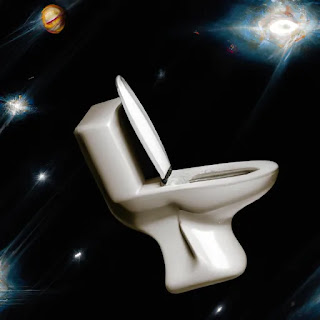Unveiling the Weighty Legacy, Fragile Majesty, and Possible Alternatives of Porcelain in Toilet Design
In the world of bathroom fixtures, the toilet stands as an unsung hero, and its construction material, porcelain, reigns supreme. Yet, the choice of porcelain for this critical fixture is not without its peculiarities and challenges. This article delves into the history, manufacturing process, and possible alternatives to the porcelain throne. We also explore whether there might be more to this material choice than meets the eye, venturing into the realm of conspiracy theories surrounding the ubiquitous porcelain toilet.
A Brief History: How Porcelain Ascended to the Throne
The adoption of porcelain for toilet construction can be traced back to the late 19th century. Porcelain offered a smooth, non-porous surface that facilitated hygiene and cleanliness, addressing the shortcomings of earlier materials like wood and metal. Its aesthetic appeal and durability against water damage contributed to its widespread adoption.
The Manufacturing Process: Crafting the Royal Material
Porcelain is made by firing a blend of clay, feldspar, and other minerals at high temperatures. This process results in a vitreous and impermeable surface that defines its distinctive properties. Despite its perceived fragility, porcelain's composition makes it highly resistant to staining and odors, crucial considerations for its role in toilets.
Porcelain's Vulnerabilities: A Weighty Matter and Proneness to Cracks
While porcelain's smooth surface makes it easy to clean, its weight and susceptibility to cracks pose significant challenges. Porcelain toilets can be cumbersome and prone to chipping or breaking upon impact, leading to maintenance and replacement issues.
Possible Alternatives: Seeking Sturdiness without Sacrificing Elegance
Several materials are being explored as potential alternatives to porcelain in toilet manufacturing. High-tech polymers, ceramic composites, and even stainless steel are emerging as contenders, offering a balance between durability, weight, and aesthetic appeal.
Cost-Effectiveness: The Price Tag on Porcelain Thrones
The production of porcelain involves intricate manufacturing processes, including high-temperature firing and glazing. While these contribute to its durability and sheen, they also make porcelain more expensive than some alternative materials. However, the enduring popularity of porcelain toilets indicates that, for many, the benefits outweigh the costs.
The Conspiracy Theories: Who Stands to Gain from Porcelain Thrones?
Conspiracy theories often thrive in unexpected places, and the world of bathroom fixtures is no exception. Some speculations suggest that the enduring dominance of porcelain may be linked to vested interests in the porcelain industry or even collaborations between toilet manufacturers and porcelain producers. While evidence is scarce, these theories offer an intriguing lens through which to examine the unexpected reign of porcelain in the toilet world.
In Conclusion: The Porcelain Dynasty and the Quest for Alternatives
Porcelain, with its elegance and durability, has become the standard for toilet construction, despite its weight and propensity for cracks. As technology advances, alternative materials are vying for a seat on the throne, promising sturdiness without sacrificing aesthetic appeal. The future may see a shift away from porcelain, but its legacy, and perhaps its mysteries, will undoubtedly linger in the annals of bathroom history.







No comments:
Post a Comment